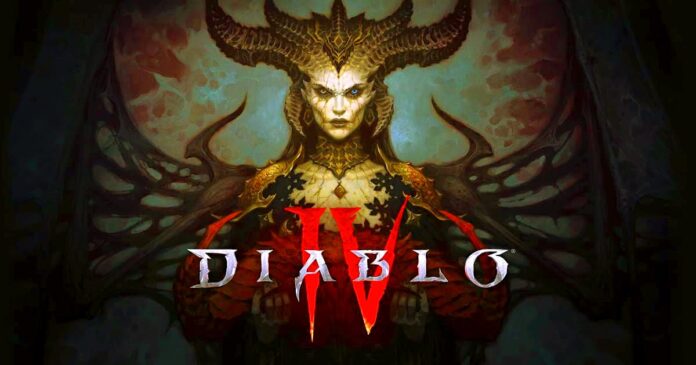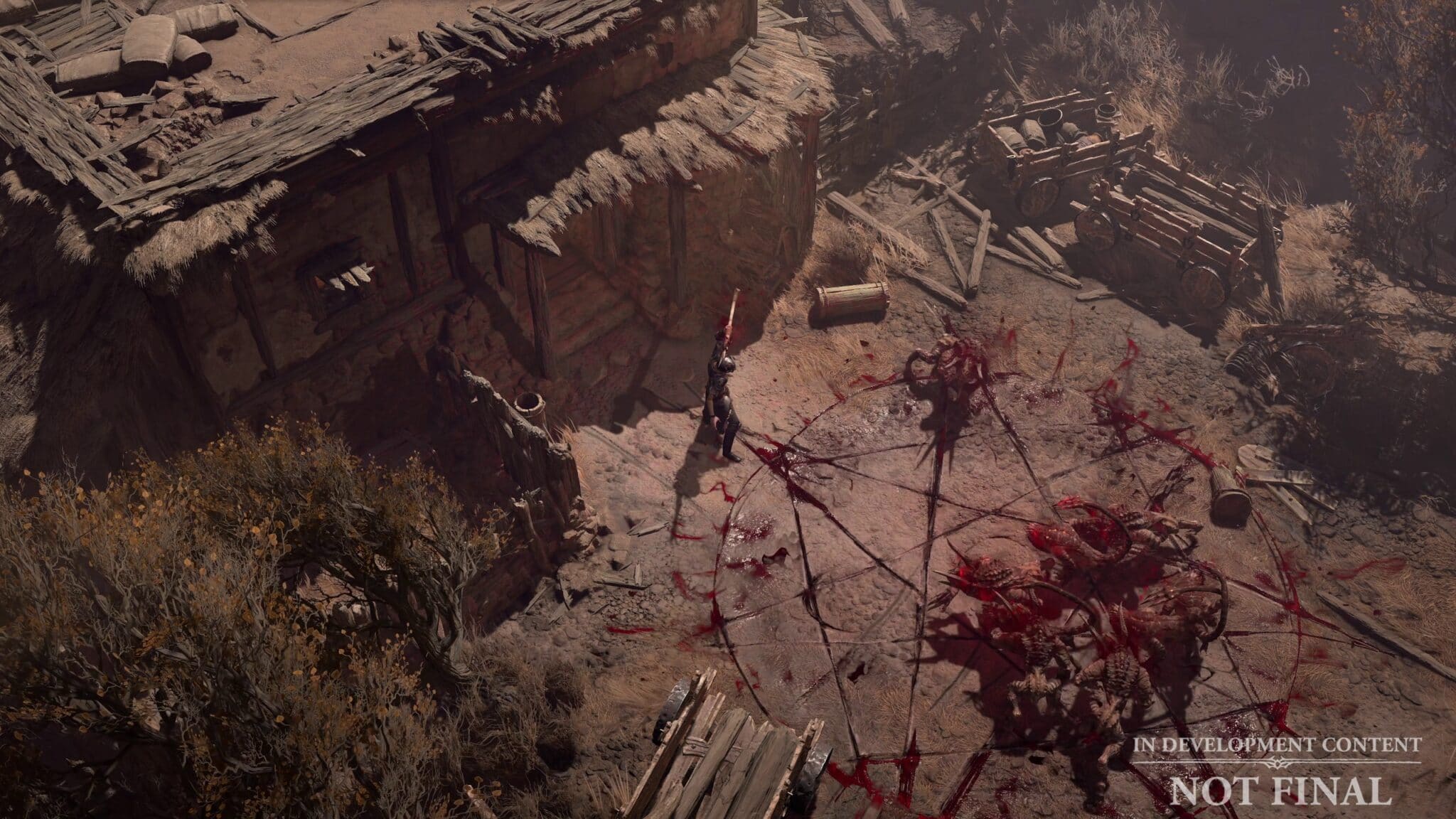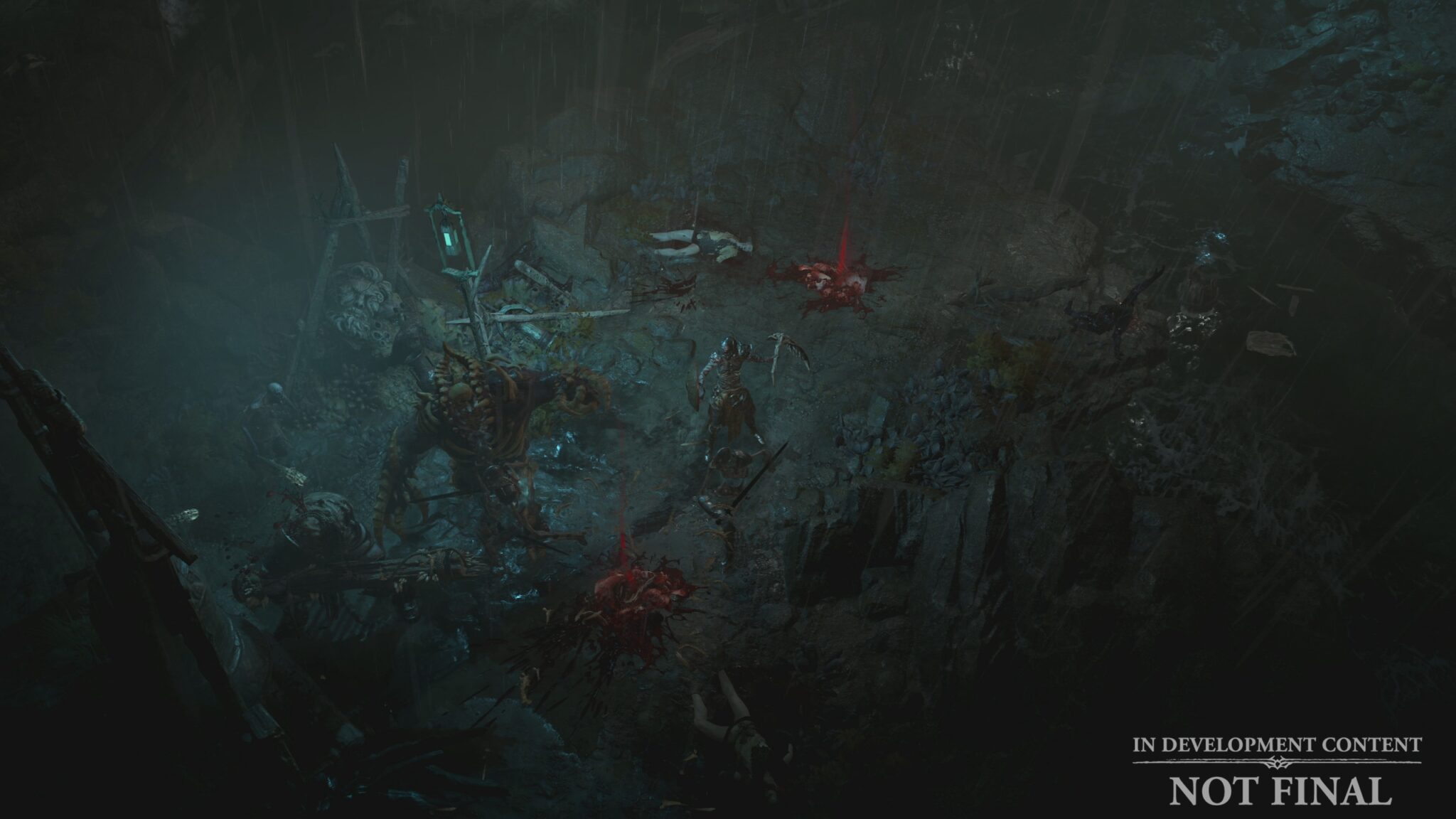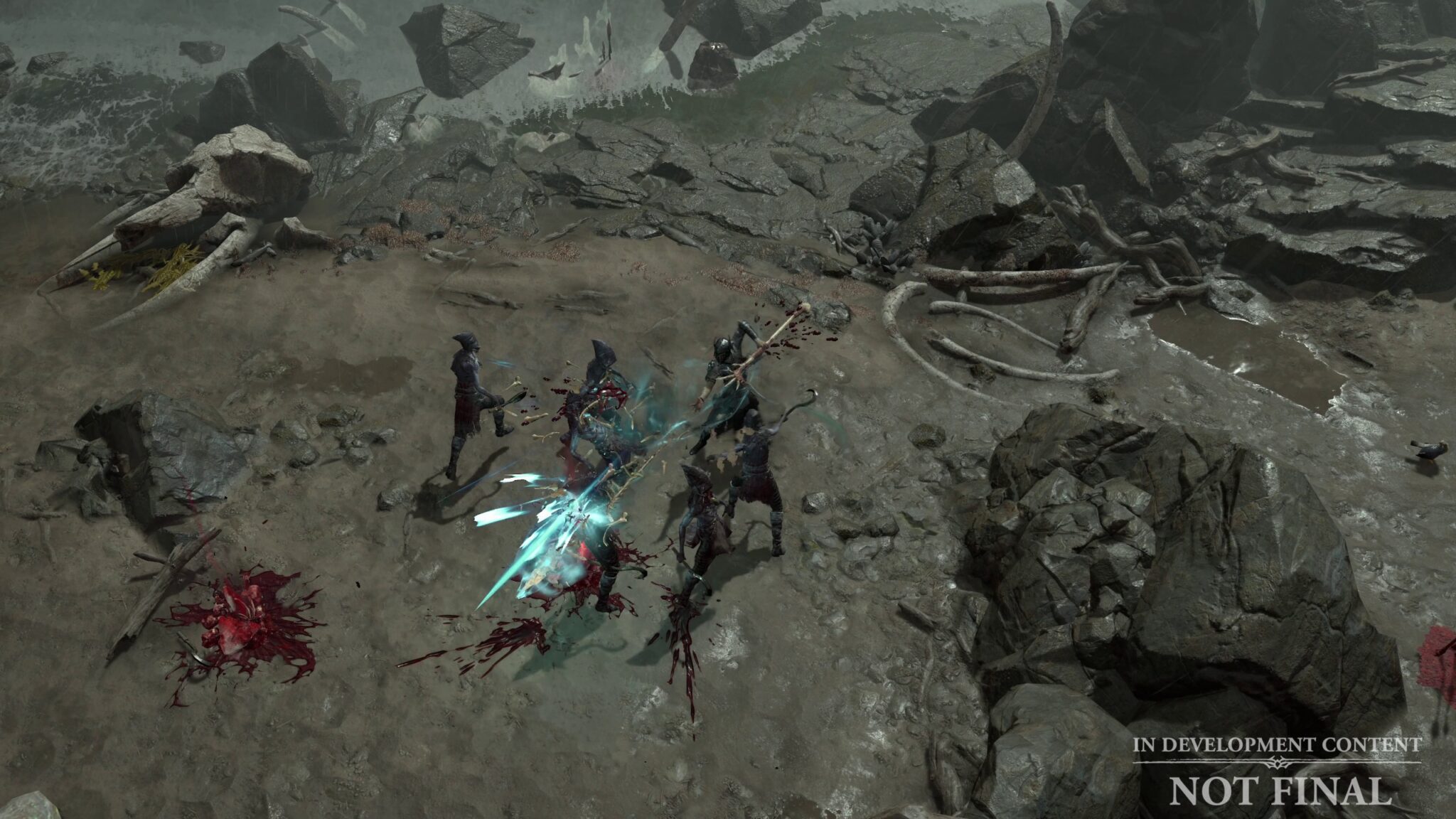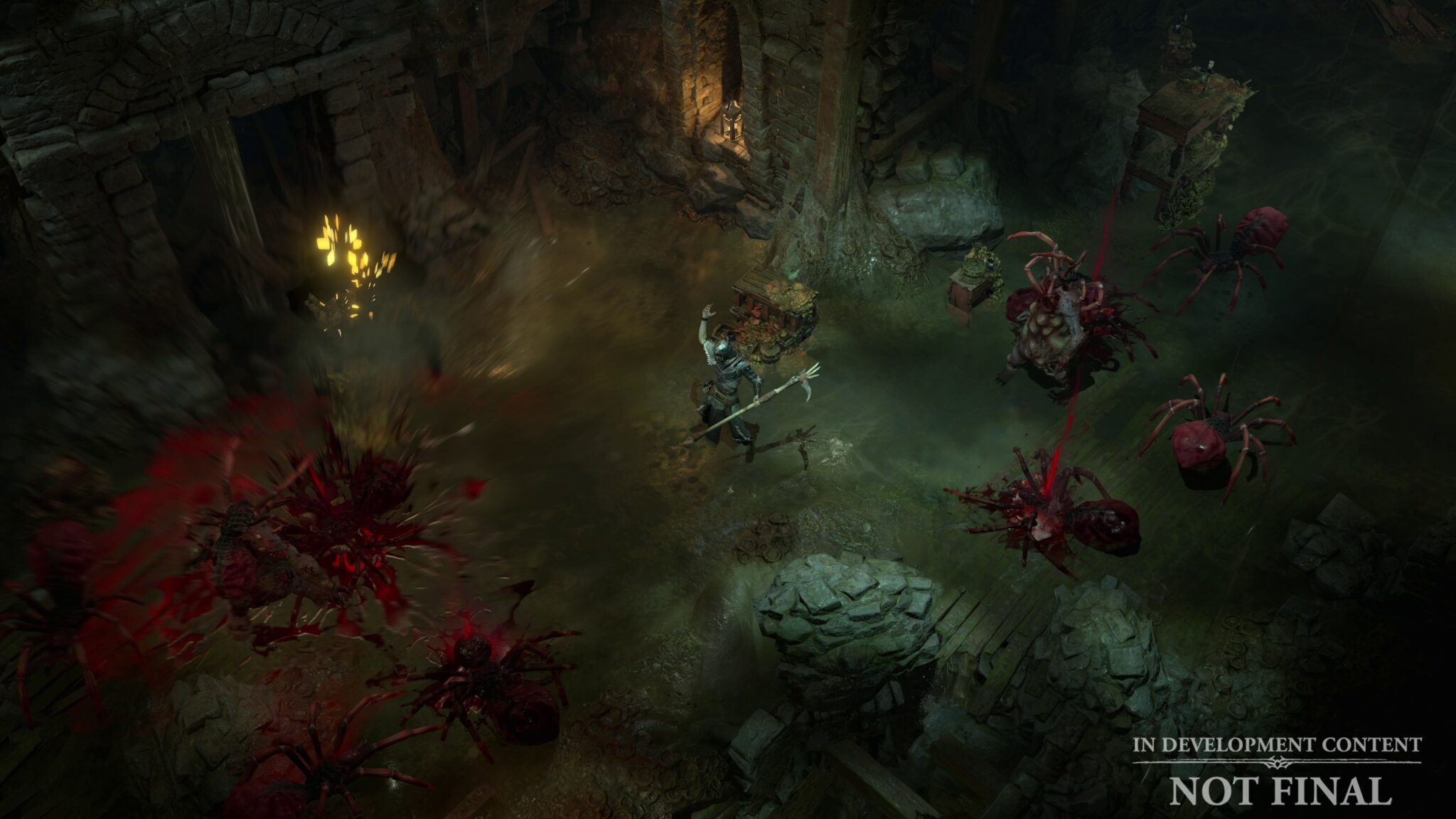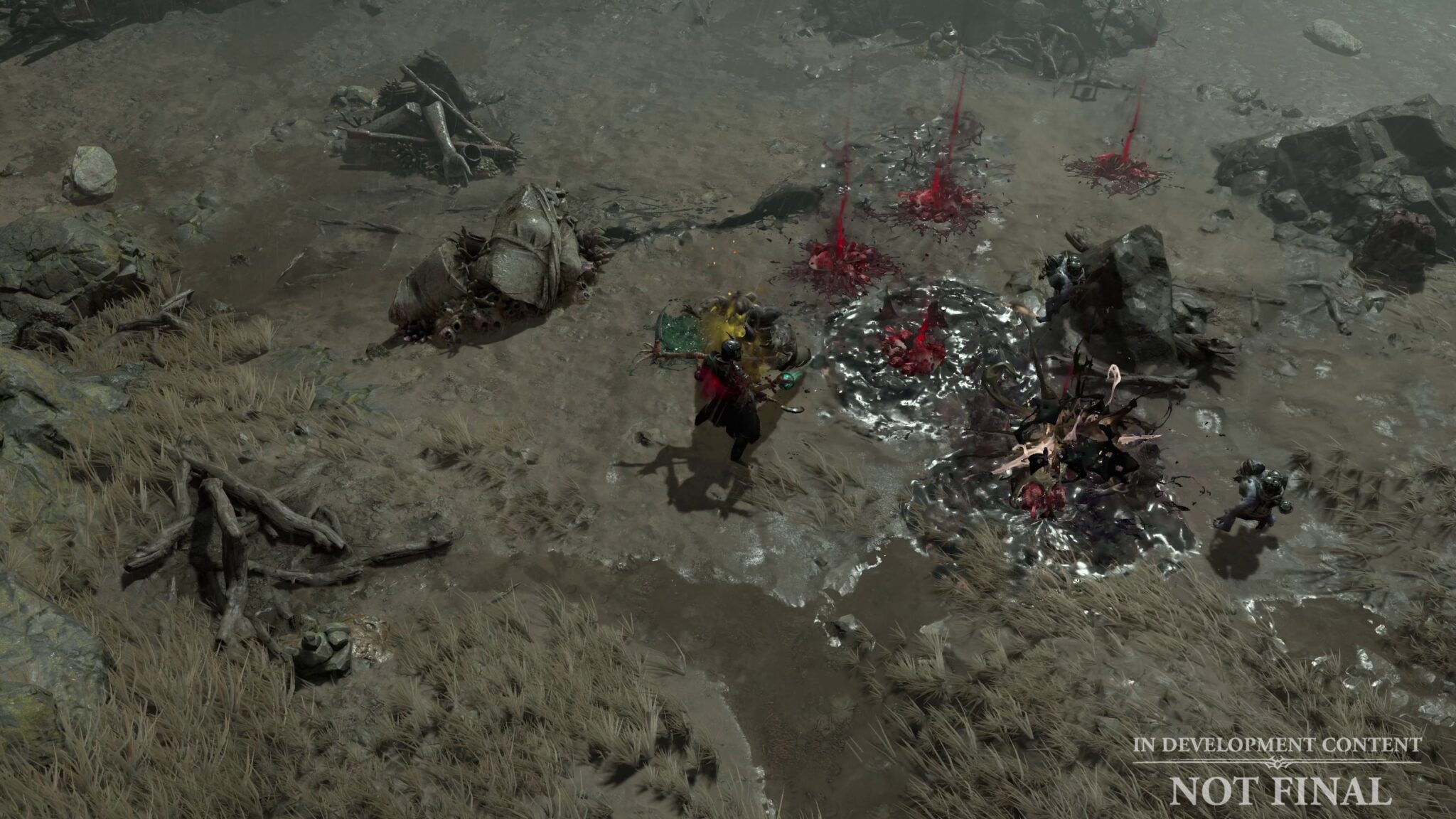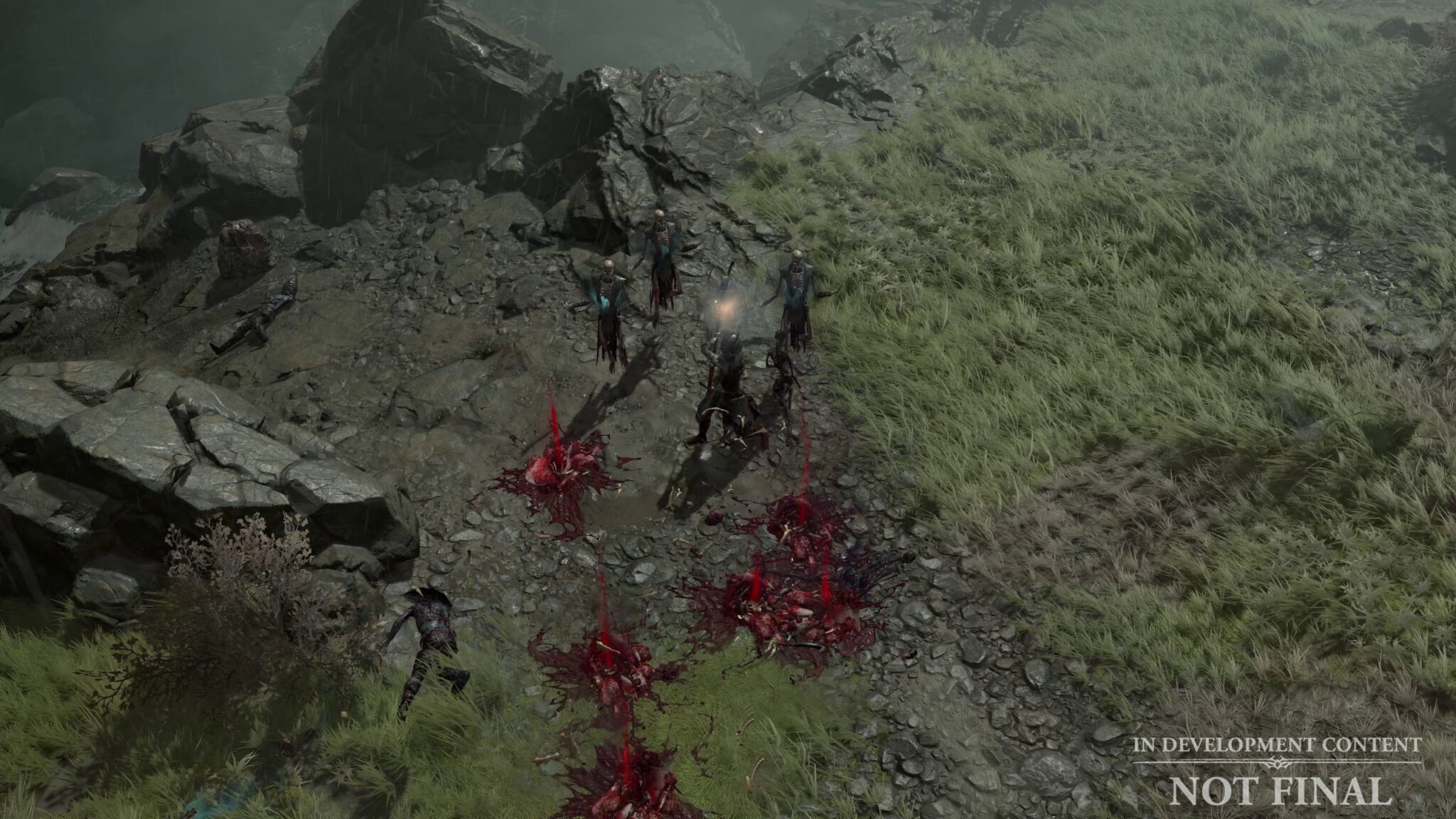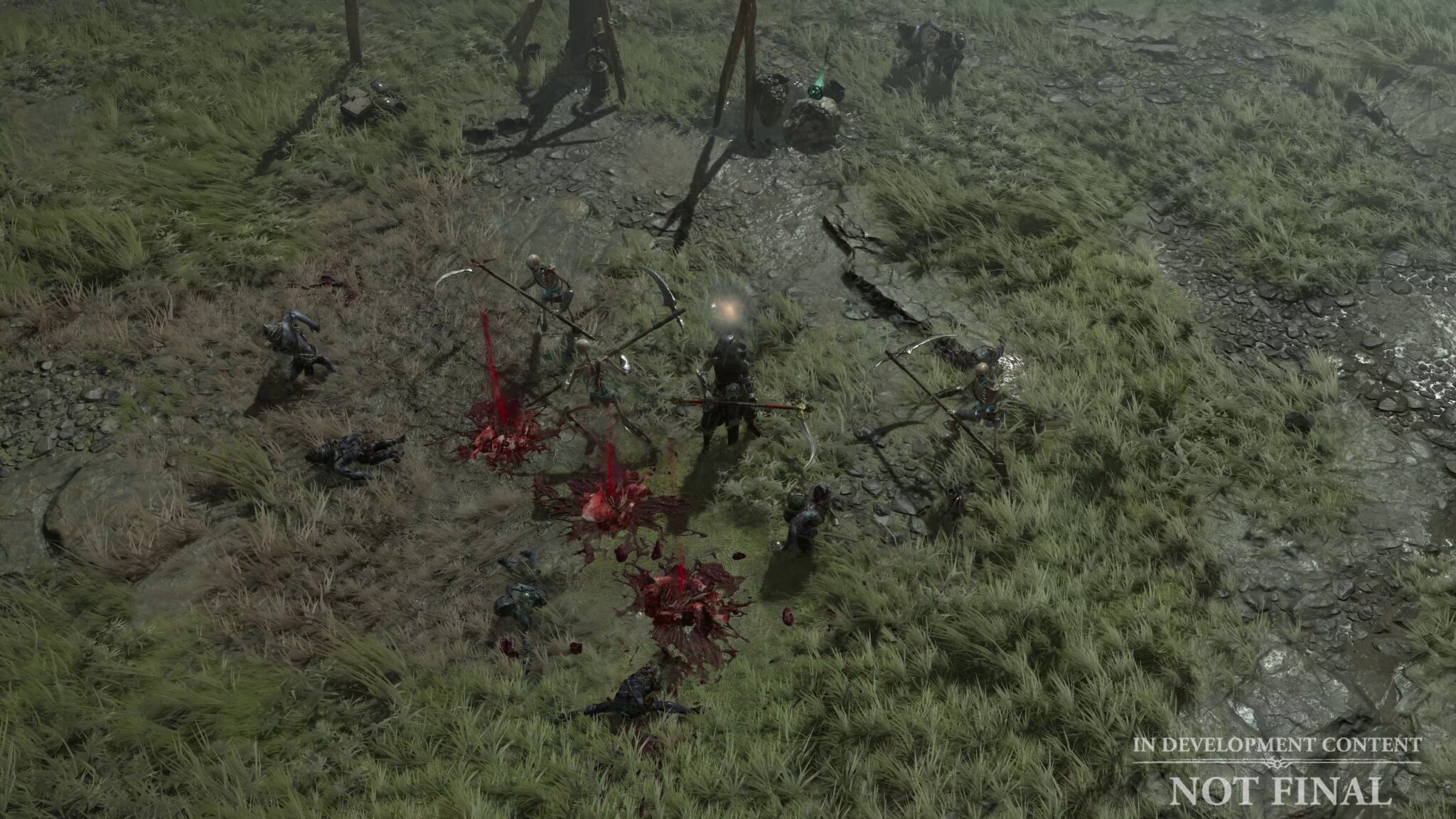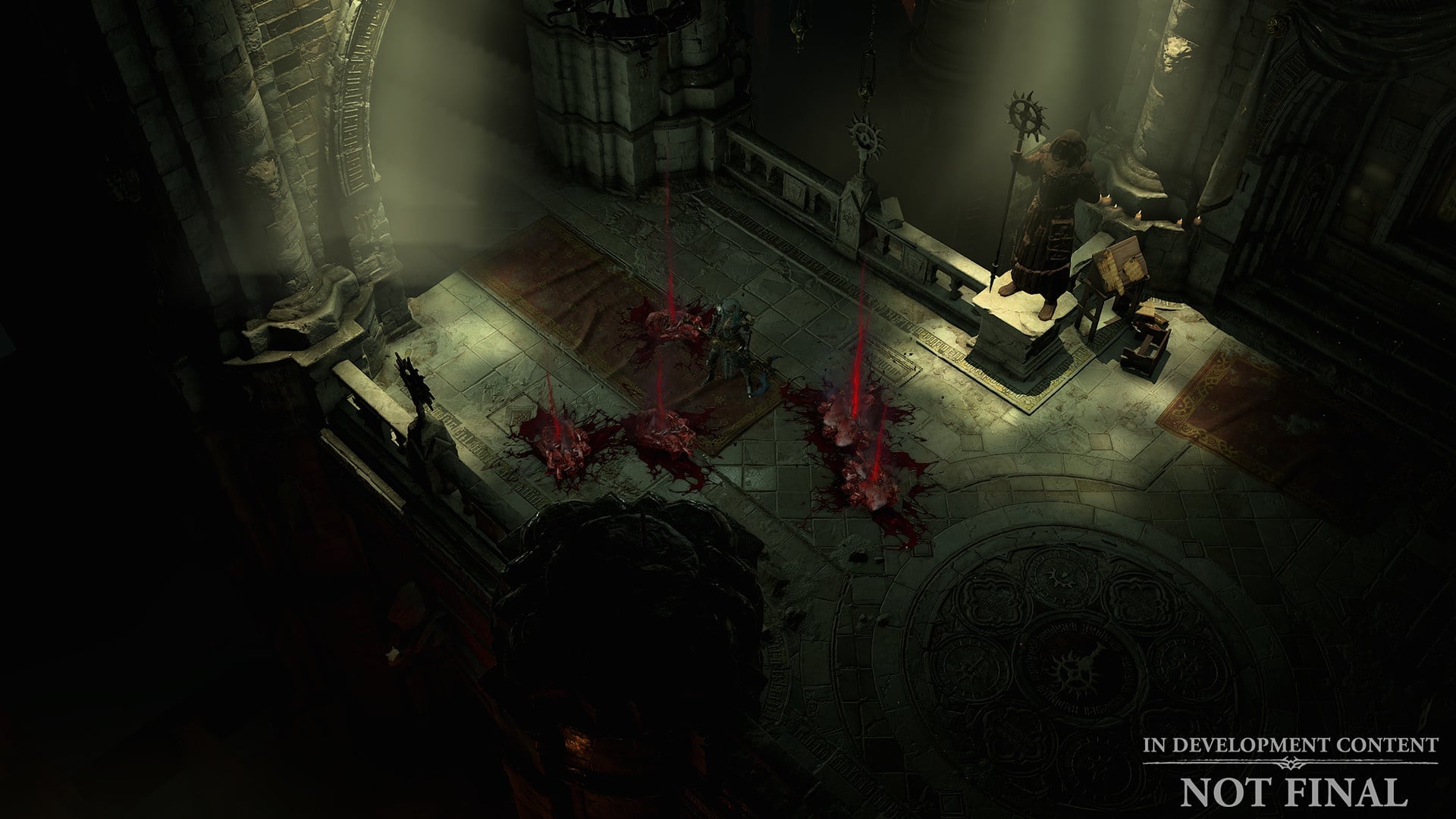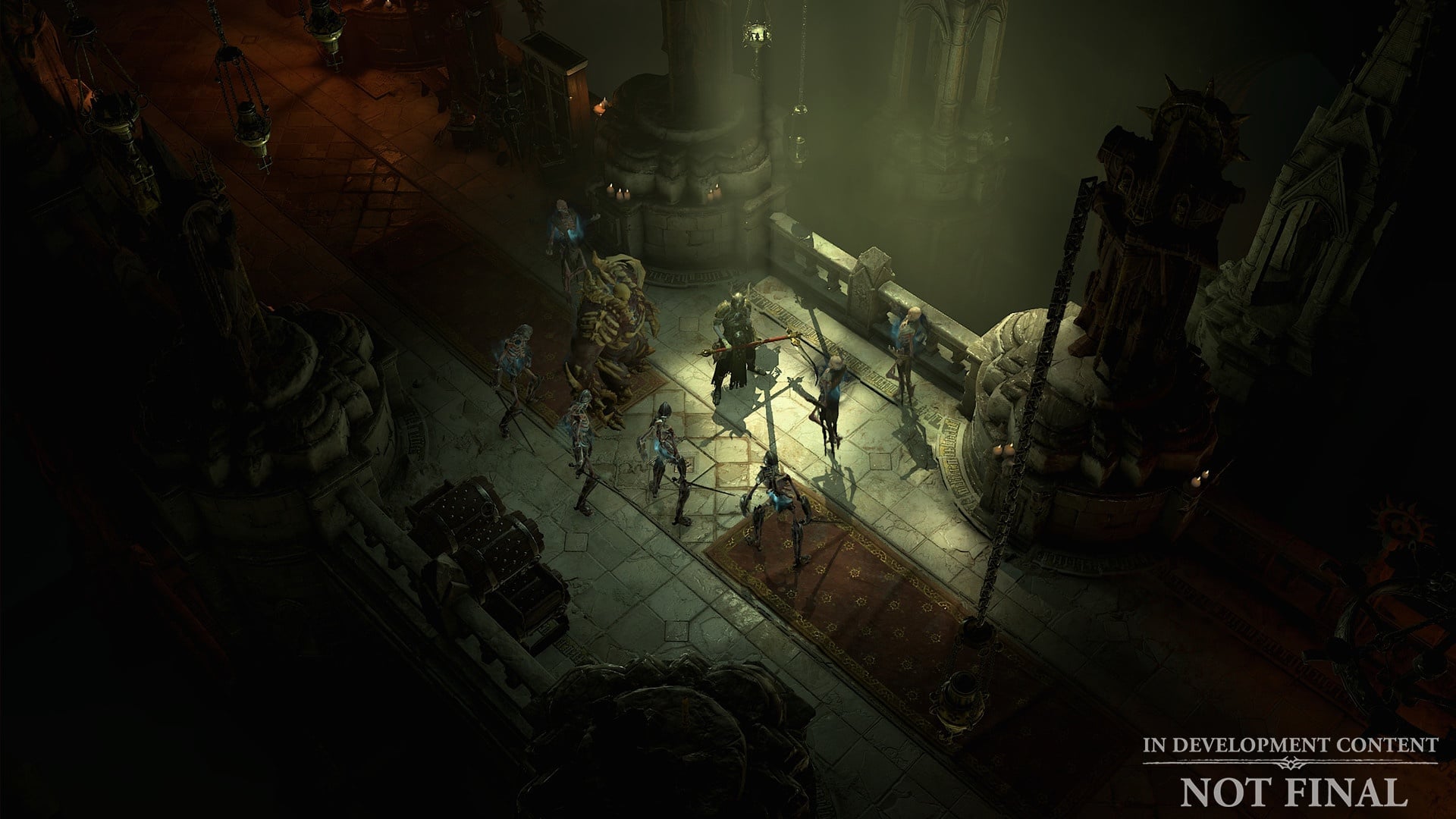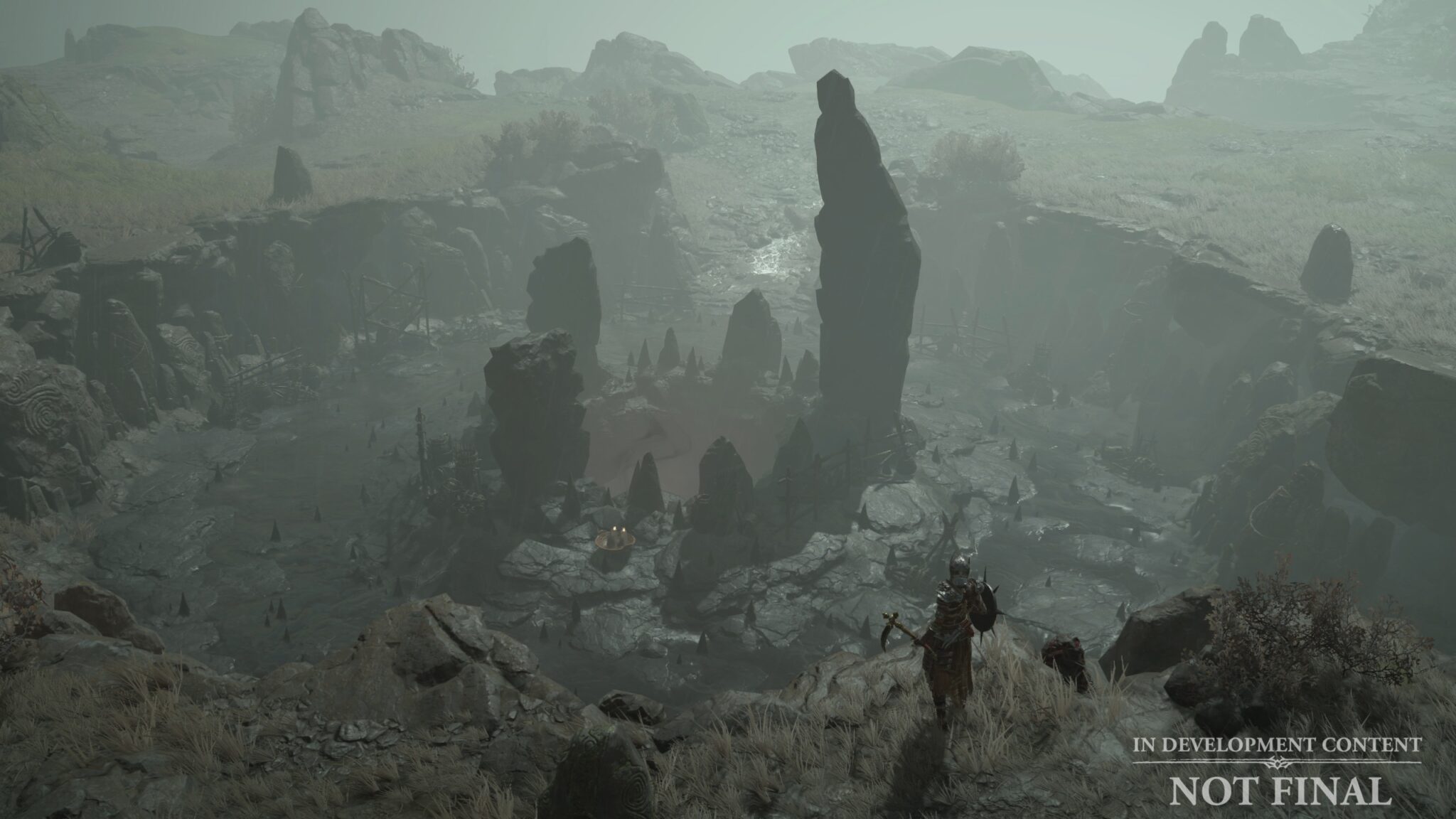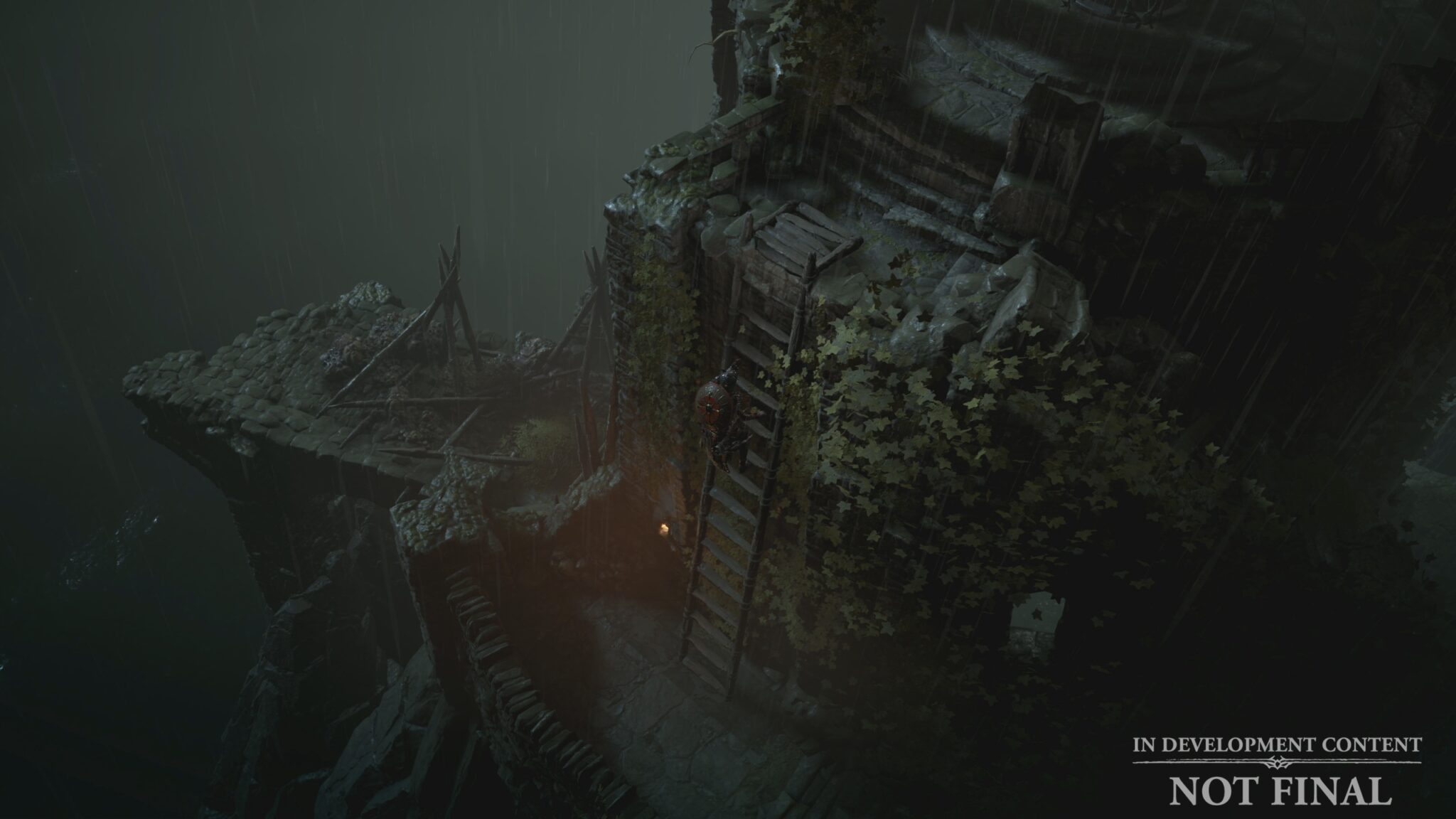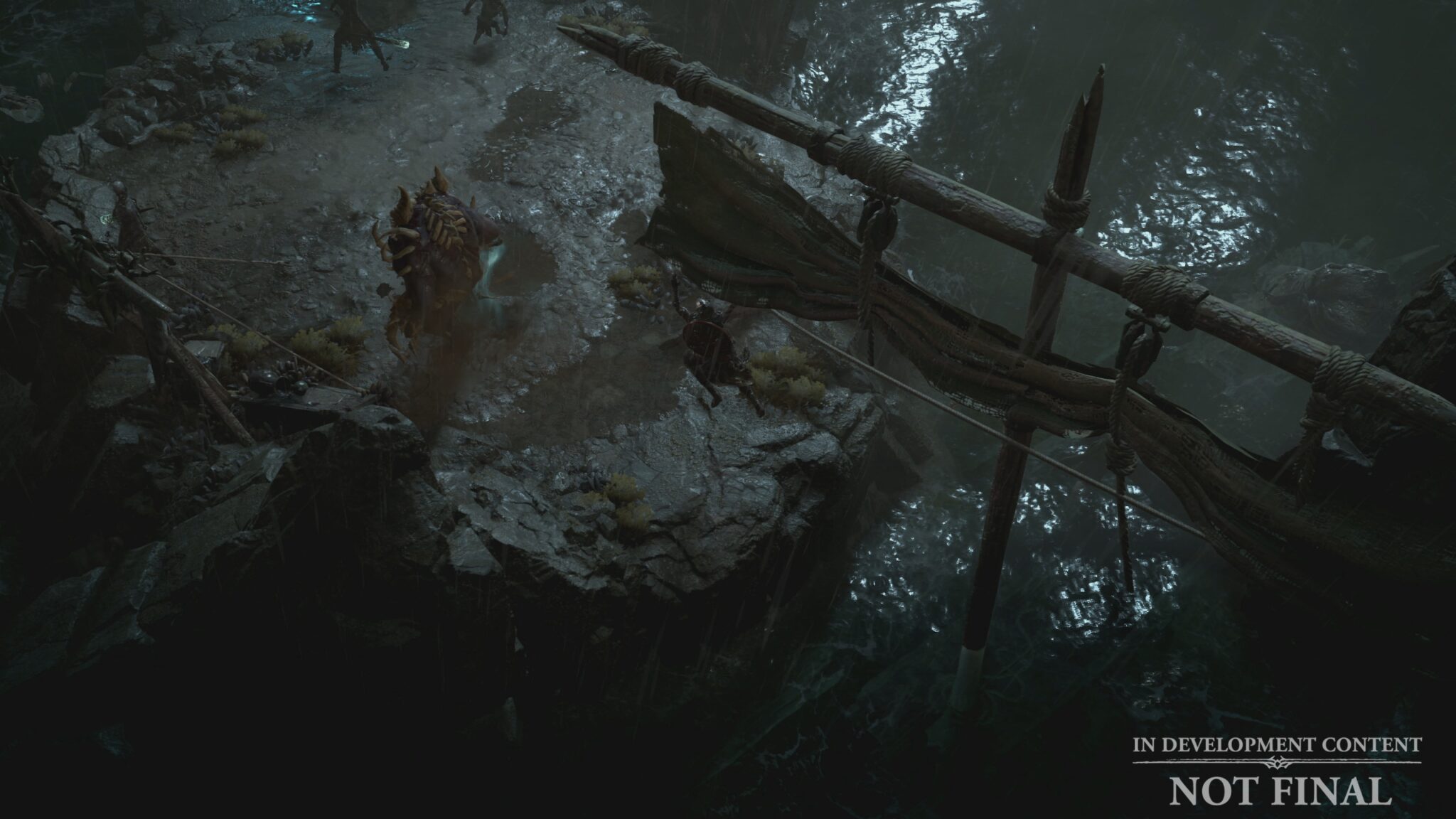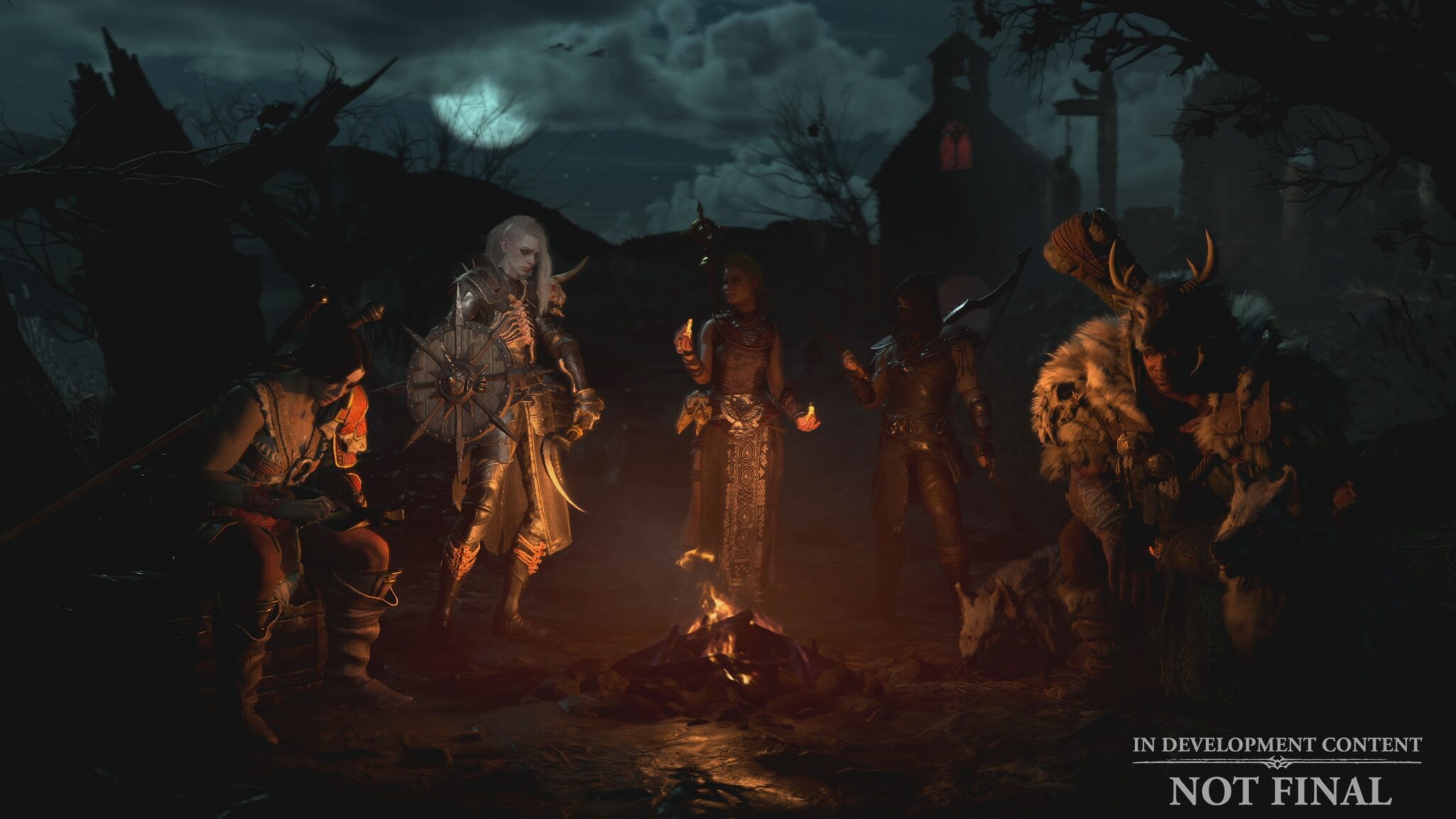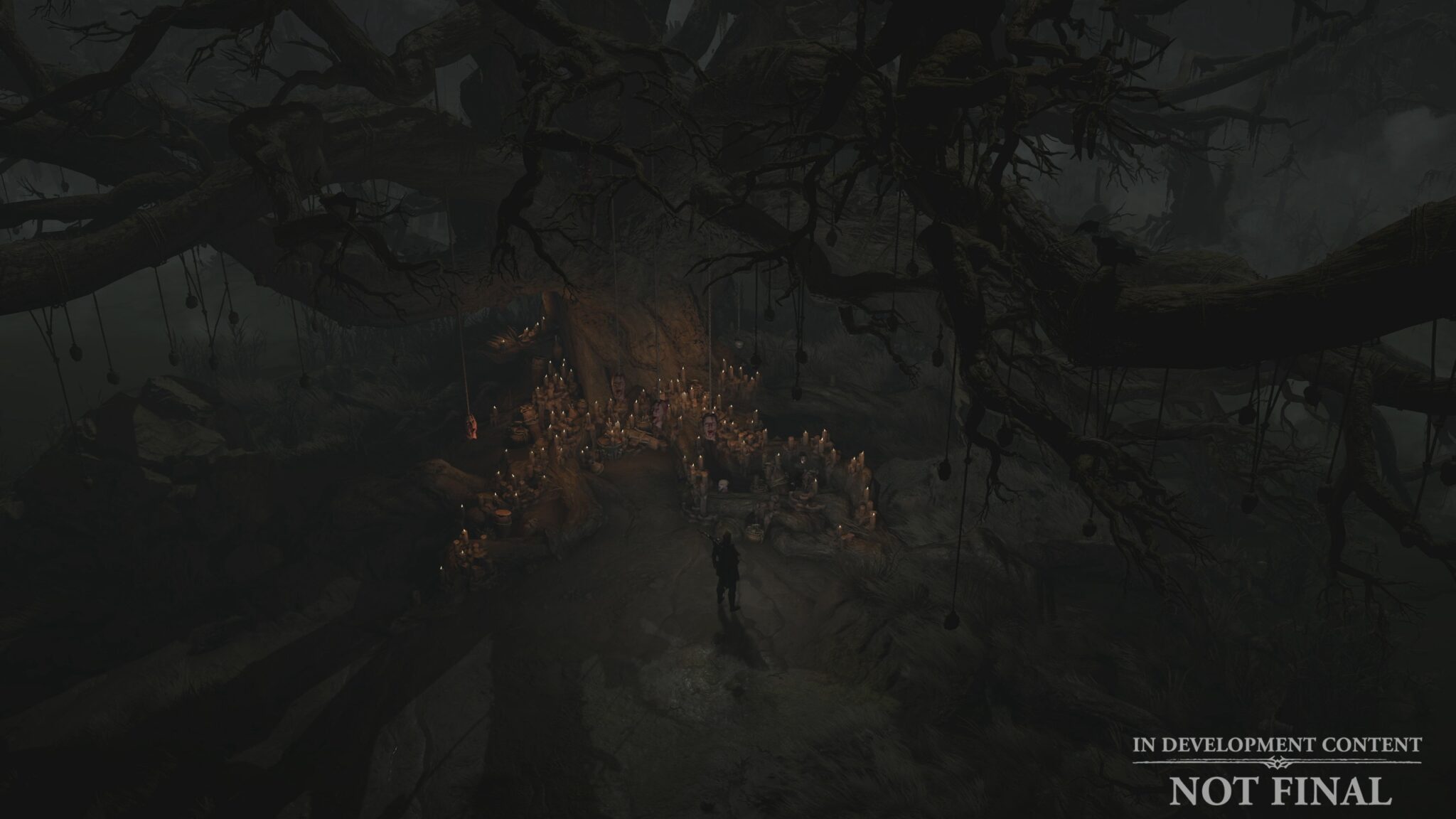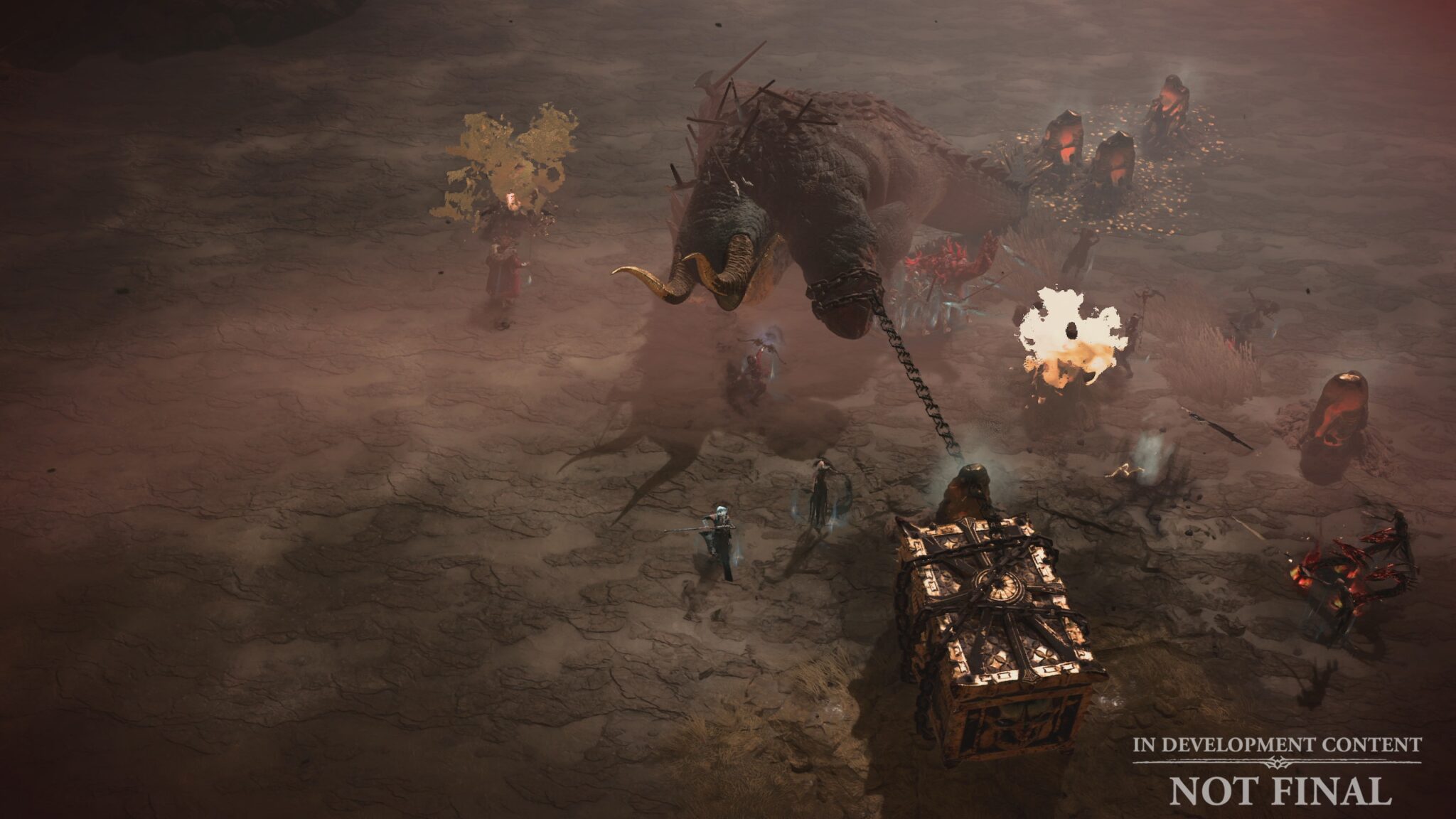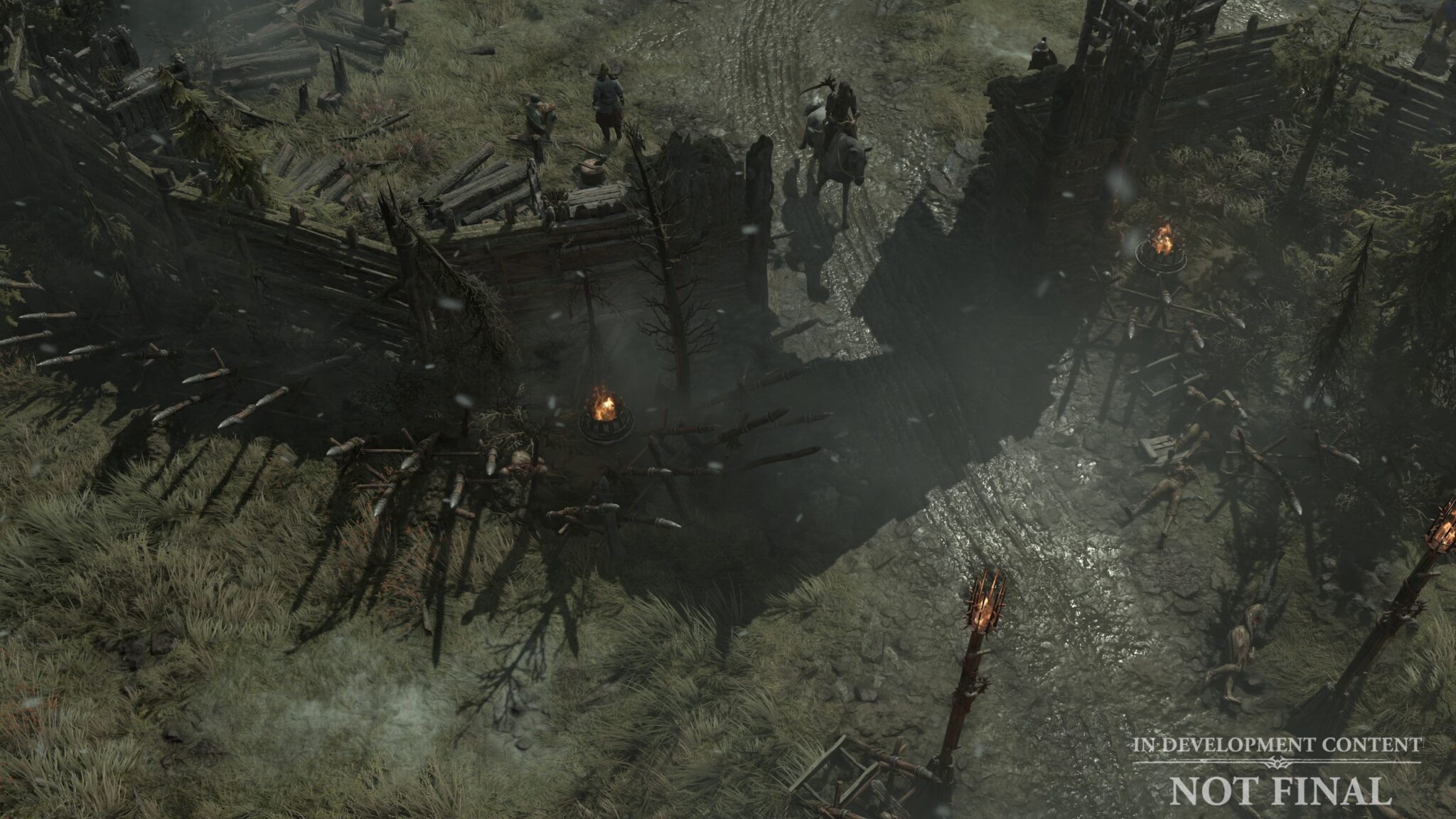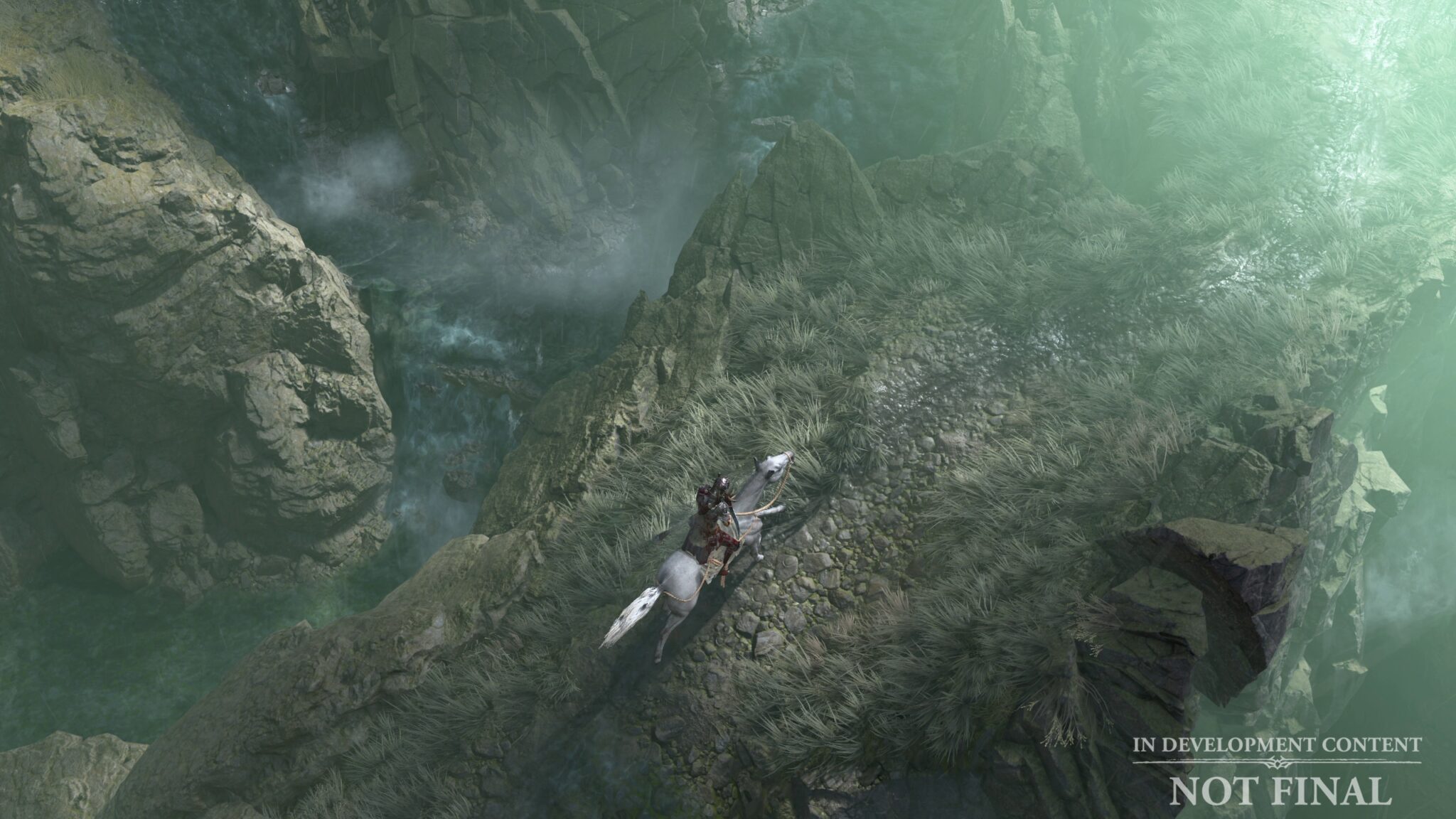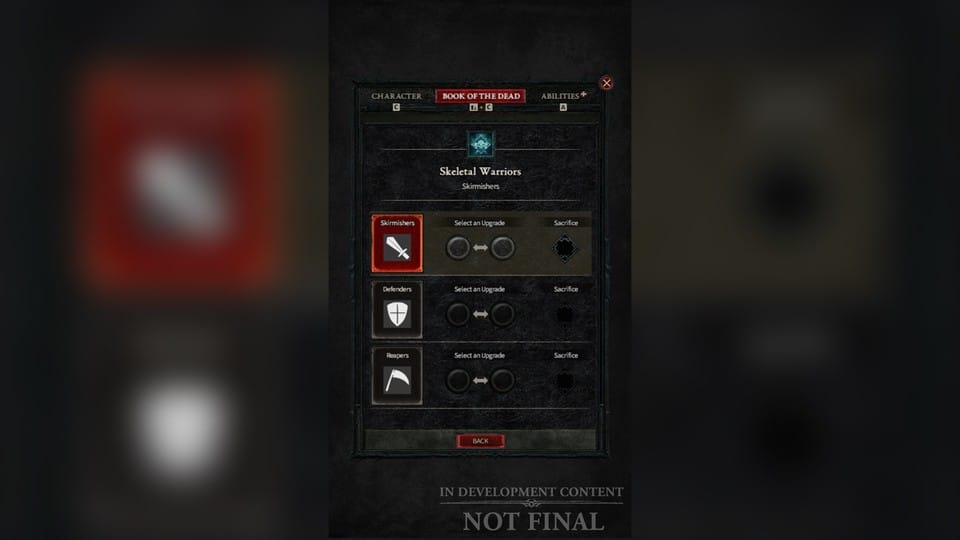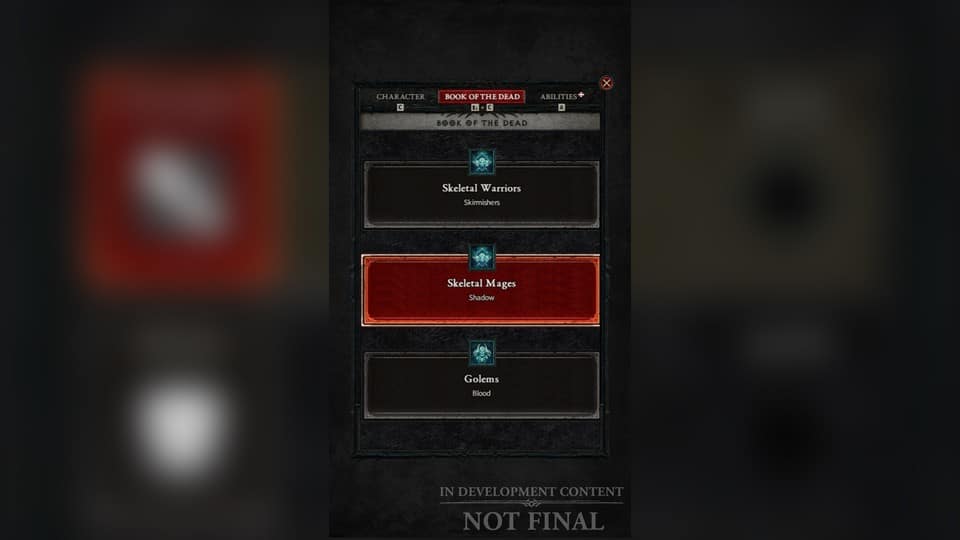Following the Necromancer’s big trade show appearance, Blizzard now introduces the fifth class for Diablo 4 in detail in a blog post.
Shortly after unveiling the Necromancer as the fifth and final class until release, Blizzard also released its quarterly update for Diablo 4, which, appropriately enough, also focuses on the popular class that was only added to the third part as paid DLC.
In this article, we take a look at how the Necromancer plays in his now fifth appearance in the Diablo series, where the differences lie and why the Book of the Dead is one of the most exciting new additions.
Gameplay footage of Diablo 4, world bosses, fortresses and PvP, commented by the developers, also jumped out at the XBOX Showcase.
How to play the necromancer
In Diablo 4, every class has something like a mana supply that is used up when using strong abilities and regenerates over time or through simple attacks. In the case of the necromancer, this resource is called “essence”.
The second temporary “resource” that this class can use for itself is the mortal remains of fallen enemies. As known from the predecessors, the necromancer transforms them into undead servants, golems or lets them burst in devastating explosions.
The arsenal of weapons includes the familiar options of swords, daggers, focuses and of course shields. However, to emphasise your look as the Prince of Death, you may also don a stylish scythe. Blizzard has also put together a small render film about the equipment of the necromancer:
The three specialisations
With Diablo 4 once again focusing more on diverse builds and in-depth character development than its direct predecessor, it becomes all the more important to consider your specialisation well, as well as to design all your equipment to suit this playstyle. We present the three directions in detail:
- Bone: Bone magic is more physical than the other two and benefits especially from a full essence supply and critical hits. Use it to hurl the familiar bone spears from Diablo 2, trap enemies in bone prisons, or spend all your essence on a walking bone time bomb.
- Darkness: Many indirect damage and debuff effects like DoTs and Debuffs lie dormant in this specialisation. These can replenish your food supply and help you keep your undead horde full. Damage fields can also be laid out and control effects can be cast.
- Blood: Blood Necromancers enjoy draining the lifeblood from their enemies to strengthen themselves and their attacks. Since abilities like the blood woge become stronger the more enemies it hits, this playstyle is suitable for those who like to throw themselves into the middle of the fray. One’s own chances of survival are strengthened by short damage immunities, among other things.
In our gallery for the necromancer there is a reunion with familiar abilities such as the corpse explosion or the iron maiden:
While the Decompose ability in the Path of Darkness gives you an easy way to create corpses and thus summon more servants, the other directions should also have interesting synergies.
So it’s not one particular path that’s responsible for your minions, but all three support the playstyle as a pet class, changing the way you summon and use your skeleton warriors, mages and golems.
You can get an impression of the different directions and abilities in this brand new gameplay footage with commentary from our colleagues at GameSpot:
The Undead Army Brand Homegrown
Diablo 4 simplifies the actual summoning of the dark hordes by not establishing each skeleton and golem species as its own ability to add to your bar. Instead of counting to create the army composition you think is most effective, all the magic happens with just two buttons.
But before you shout “miserable simplification!”, listen to what the new Book of the Dead is all about. In this army construction kit, you can work out in advance which servants will make up your final troop.
Of course, you will unlock some components only with higher levels, but in principle it works like this: First, you determine which of three variants you want to play with for the warriors, mages and your golem. For the skeleton warriors, you have the choice between the following types:
- Skirmishers: The standard skirmishers deal a lot of damage but crumble quickly.
- Defenders: The more robust Skeletons can withstand much more.
- Soul Harvester: Skeletons of the third category hit slower, but deal area of effect damage in line of sight and have a powerful charge attack.
In the next step, you adapt the unit even further to your play style by means of certain upgrades. These servant specialisations can interact with your own skill set or add a unique twist to your army.
If a certain unit type seems unsuitable for your purposes, you can block the ability to summon them and in return become stronger yourself. This way, necromancers with few or no servants make up for the difference in strength, which in turn gives you more freedom in shaping your playstyle.
What else did the fair reveal?
The fact that the necromancer actually became the fifth release class is a bit of a surprise, as many had expected some kind of crusader. But now the last free slot just went to the Necromancer.
Other than that, the developers gave us an idea of how many dungeons are to be in the game. We will be able to fight our way through a total of 150 monster hoards. It was also confirmed that there will be full crossplay between PC and Xbox. The release period was also finally set to 2023
If you want to delve deeper, you can find out everything you need to know about Diablo 4 in our in-depth (Preview)
How do you like the plan for the new Necromancer? Do you expect the Book of the Dead to make gameplay more fluid, or do you fear that it will make servant management a side issue? Feel free to write us your opinion in the comments!

